C&I BESS Safety Standards: Ensuring Reliability, Compliance, and Protection
C&I BESS Safety Standards: Commercial and Industrial Battery Energy Storage Systems (C&I BESS) are becoming indispensable for businesses looking to reduce costs, enhance resilience, and integrate renewable energy. Yet, the growth of these systems comes with a critical requirement: safety.
Without robust safety measures, risks such as fire incidents, electrical faults, or environmental hazards could undermine the very benefits C&I BESS offers. This is where C&I BESS Safety Standards come into play. They provide the guidelines and certifications that ensure every component — from battery modules to enclosures — operates safely and reliably under demanding conditions.
In this post, we’ll explore the key safety standards for C&I BESS, including fire safety protocols, IP-rated enclosures, testing procedures, and compliance frameworks.
1. Battery Safety: The Foundation of Protection
The battery modules are the heart of every C&I BESS. Most systems today use lithium-ion technology, which offers high efficiency and long cycle life but requires strict adherence to safety protocols.
Key Safety Standards for Batteries:
- UL 1973: Governs battery systems for stationary and motive applications, ensuring safe design and performance.
- IEC 62619: International standard for rechargeable lithium batteries used in industrial applications.
- Thermal Runaway Protection: Advanced designs integrate shutdown separators, flame-retardant electrolytes, and pressure relief valves to minimize risks.
By meeting these battery safety standards, C&I BESS providers can prevent catastrophic failures and improve system reliability.
2. Fire Safety Measures: Preventing and Containing Hazards
One of the most discussed topics in C&I BESS Safety Standards is fire protection. Given the energy density of modern batteries, the risk of overheating or thermal runaway is real — and prevention is critical.
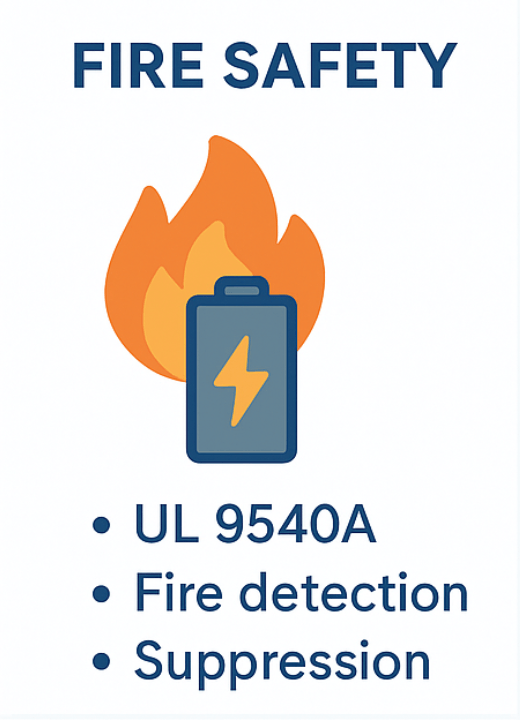
Fire Safety Practices in C&I BESS:
- UL 9540A Test: Evaluates fire propagation risk in battery systems.
- Automatic Fire Suppression: Systems often use clean agent gases (like Novec 1230) or water mist technologies.
- Fire Detection Sensors: Smoke and gas detectors installed inside enclosures ensure early warning.
- Emergency Venting: Proper ventilation prevents gas buildup during overheating events.
With these safeguards, facilities can minimize the risk of fire spreading and protect both infrastructure and personnel.
3. IP-Rated Enclosures: Shielding Against Environment
Environmental protection is another core aspect of C&I BESS Safety Standards. Since many C&I systems are installed outdoors, they must withstand dust, water, and harsh weather.
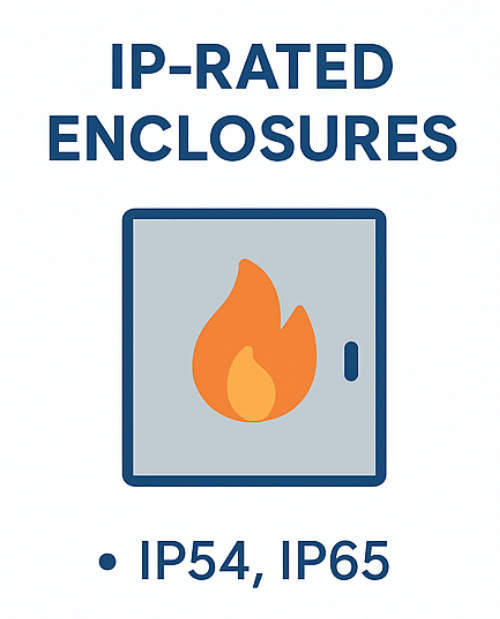
Common IP Ratings for C&I BESS:
- IP54: Protects against limited dust ingress and water spray.
- IP65: Dust-tight and protected against water jets.
- IP67: Offers full dust protection and resistance to temporary immersion.
A properly rated enclosure ensures batteries and electronics remain safe from external hazards, extending system life and reducing failure risks.
4. Electrical Protection and Circuit Breakers
Electrical faults are another potential hazard in BESS installations. To meet C&I BESS Safety Standards, robust electrical protections must be integrated.
Key Components:
- Circuit Breakers and Fuses: Prevent damage from overcurrent and short circuits.
- Surge Protection Devices (SPD): Safeguard equipment from voltage spikes caused by lightning or grid disturbances.
- Grounding and Isolation: Ensure personnel safety and fault clearance.
These protections create multiple layers of safety, ensuring both the equipment and people remain secure.
5. Thermal Management Systems
Maintaining the right temperature is essential for battery safety. Overheating accelerates degradation and raises fire risks, while extreme cold reduces performance.
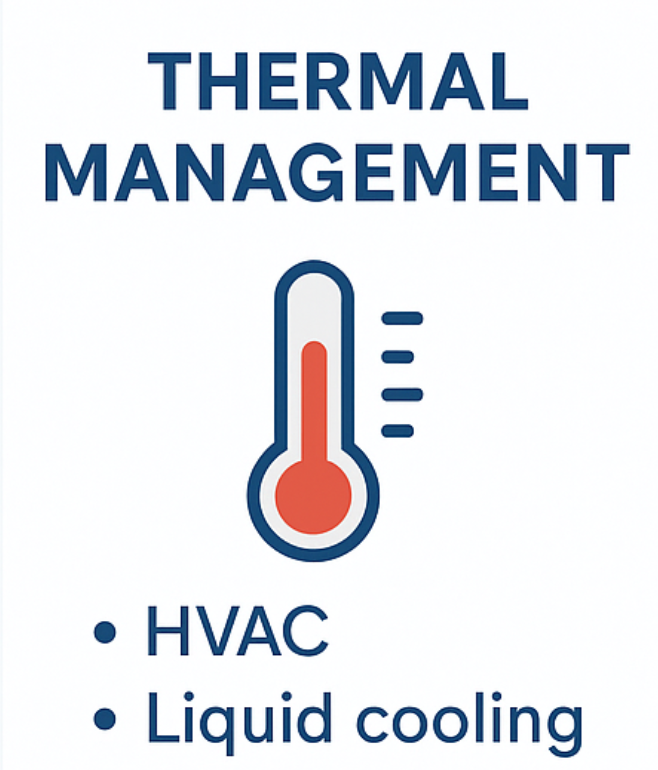
Thermal Management Standards:
- HVAC Integration: Ensures optimal airflow and cooling.
- Liquid Cooling Systems: Offer higher efficiency for large-scale C&I BESS.
- Temperature Monitoring: Real-time sensors alert operators to abnormal heat levels.
Complying with these thermal management protocols ensures safe operation across varying climates and load profiles.
6. Monitoring, EMS, and Communication
The Energy Management System (EMS) plays a crucial role in meeting C&I BESS Safety Standards. Beyond optimizing performance, it ensures early detection of anomalies.
Safety Functions of EMS:
- State-of-Charge Management: Prevents overcharging and deep discharging.
- Remote Monitoring: Enables 24/7 visibility of system health.
- AI-based Fault Detection: Modern EMS platforms use predictive analytics to anticipate failures.
When integrated with communication protocols, EMS ensures smooth interaction with the grid while maintaining safety compliance.
7. Compliance and Certifications
To build trust and ensure safe operation, C&I BESS solutions must comply with international and regional certifications.
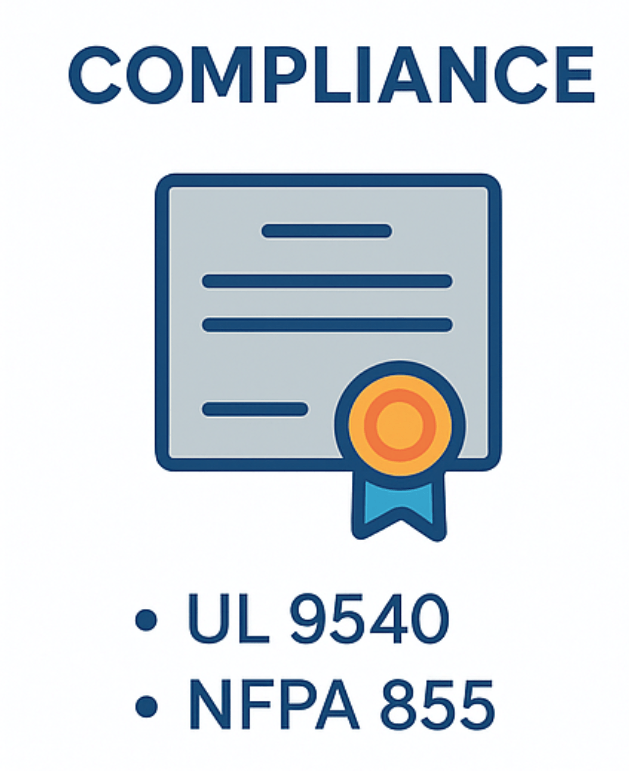
Key Certifications:
- UL 9540: Overall safety standard for energy storage systems.
- IEC 62933: Safety and performance requirements for grid-connected storage.
- NFPA 855: Fire protection standards specific to stationary energy storage installations.
Compliance with these certifications not only ensures safety but also makes projects easier to finance, insure, and operate.
Conclusion: Building Trust with Safety First
The success of energy storage in the C&I sector depends not only on performance but also on trust and safety. By adhering to strict C&I BESS Safety Standards — covering batteries, fire safety, IP-rated enclosures, electrical protections, thermal management, and compliance — businesses can deploy storage systems that are both reliable and secure.
As demand for clean energy grows, these standards will remain the backbone of safe innovation, ensuring that C&I BESS continues to empower industries without compromising protection.


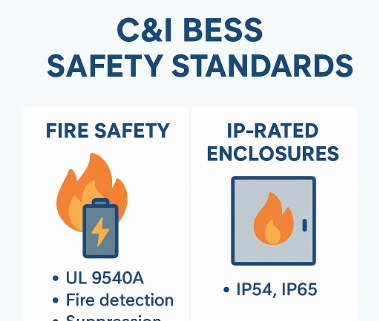
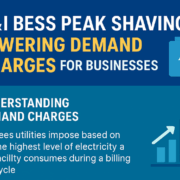
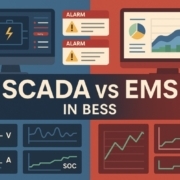

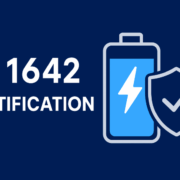
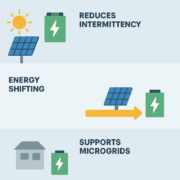

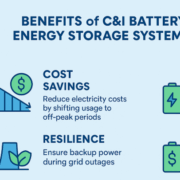
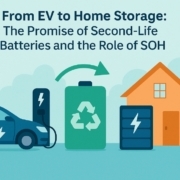


Trackbacks & Pingbacks
[…] ➡️ Read more about our Safety & Compliance practices. […]
[…] Learn more about C&I BESS Safety Standards at SunLith Energy […]
[…] it matters: Many countries outside North America refer to IEC standards for regulatory compliance, especially in Europe, Asia, and the Middle […]
[…] This framework builds the foundation for commercial and industrial BESS safety compliance worldwide. […]
[…] these standards ensure that a BESS is safe, grid-compatible, and globally […]
[…] Most enclosures meet IP54 to IP66 ratings, ensuring resistance to dust, water, and extreme condition… For example: […]
Leave a Reply
Want to join the discussion?Feel free to contribute!